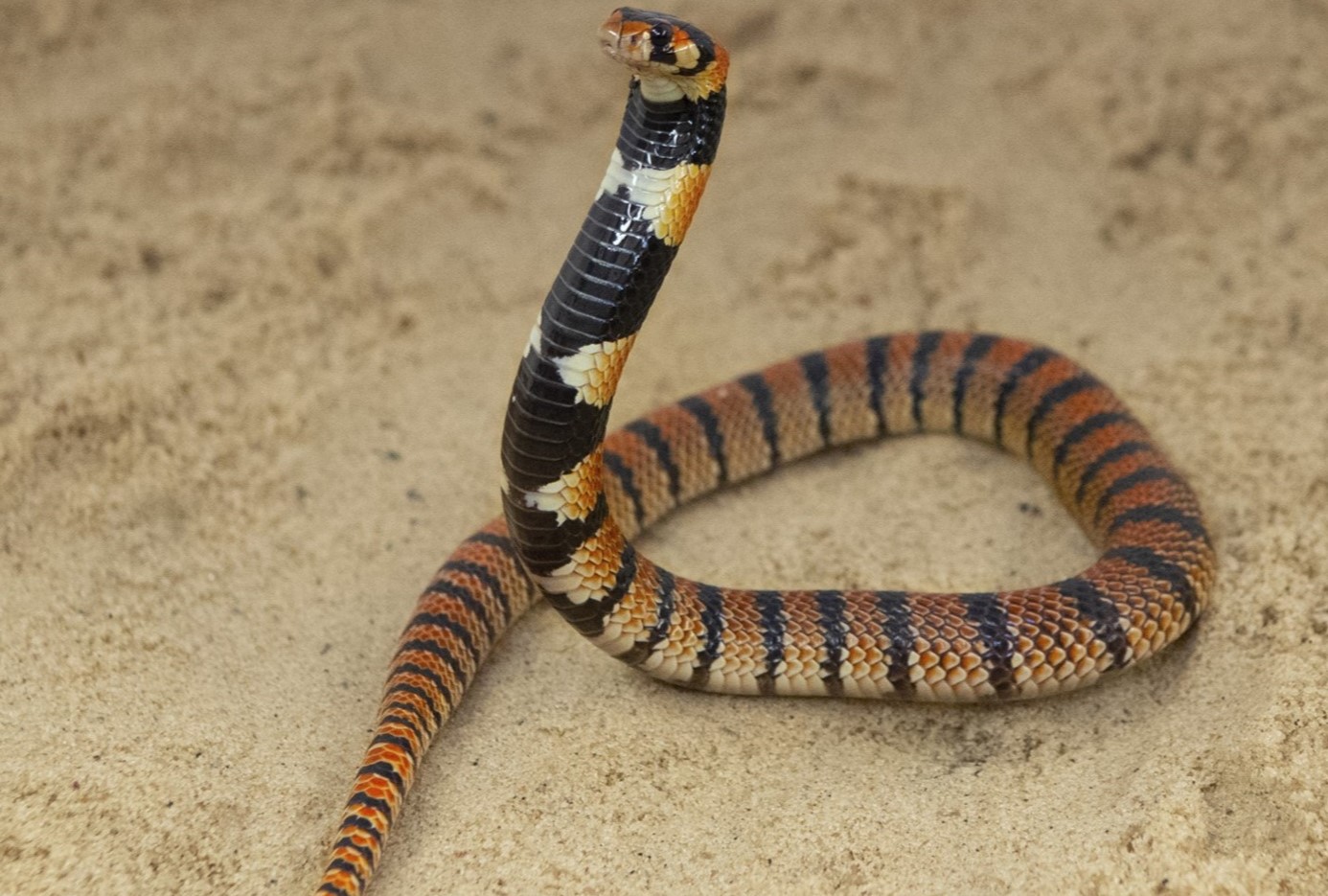
When it comes to fascinating reptiles, few can rival the enigmatic Cape Coral Snake. With its striking coloration and elusive nature, this snake has captured the curiosity of animal enthusiasts worldwide. But there’s more to this creature than meets the eye.
In this article, we will explore eight surprising facts about the Cape Coral Snake that will leave you amazed. From its unique defense mechanisms to its secretive behavior, get ready to uncover the intriguing world of this mesmerizing reptile.
So, grab your magnifying glass and join us on this educational journey as we delve into the captivating world of the Cape Coral Snake.
Key Takeaways:
- The Cape Coral Snake is a harmless mimic! Despite looking like a deadly Coral Snake, it’s actually non-venomous and plays an important role in the ecosystem by feeding on small reptiles and amphibians.
- Shy and secretive, the Cape Coral Snake is a master of disguise and defense. With its unique tail vibration and slow-moving nature, this endangered species is a fascinating and valuable part of the southeastern United States’ wildlife.
The Cape Coral Snake is a Master of Disguise
The Cape Coral Snake, also known as the “Scarlet Snake,” is a master of disguise. With its vibrant red, black, and yellow stripe pattern, it closely resembles the highly venomous Coral Snake. This mimicry helps the Cape Coral Snake ward off potential predators.
Not All Coral Snakes are Dangerous
While the Cape Coral Snake looks similar to the deadly Coral Snake, it is not venomous. This harmless snake feeds primarily on small reptiles and amphibians, making it a valuable contributor to the ecosystem.
It is a Rare and Endangered Species
The Cape Coral Snake is classified as a threatened species due to habitat loss and illegal pet trade. Its restricted range, mainly found in the southeastern United States, adds to its vulnerability.
Their Defense Mechanism Involves Vibrating Their Tail
When threatened, the Cape Coral Snake employs a unique defense mechanism. It will vibrate its tail rapidly, mimicking the sound of a rattlesnake. This vibration can confuse and intimidate predators, giving the snake a chance to make a hasty escape.
They Are Extremely Shy and Non-confrontational
The Cape Coral Snake is known for its shy and non-confrontational nature. It will usually try to avoid any form of confrontation and retreat if it feels threatened. This secretive behavior makes it challenging to spot this elusive snake in the wild.
The Cape Coral Snake is a Slow-moving Species
Unlike many other snake species, the Cape Coral Snake is slow-moving. Its leisurely pace is due to its burrowing lifestyle and preference for sandy or loamy soils. This snake spends most of its time underground or hidden beneath leaf litter.
They Have a Unique Reproduction Method
The Cape Coral Snake employs a reproductive strategy known as “ovoviviparity.” Instead of laying eggs, the female retains the eggs inside her body until they hatch, giving birth to live young. This adaptation ensures the survival of the offspring in a hostile environment.
They Have a Lifespan of up to 10 Years
The Cape Coral Snake has a relatively long lifespan compared to other snake species. These snakes can live for up to 10 years in the wild, provided they find suitable habitats and sufficient food sources.
Conclusion
In conclusion, the Cape Coral Snake is a fascinating and unique species found in the southwestern United States. With its vibrant colors and interesting behaviors, it stands out among other snakes. Despite its venomous nature, it plays an important role in maintaining the balance of its ecosystem. Its ability to flatten its body and climb trees makes it a skilled predator, capable of capturing its prey with precision. The Cape Coral Snake is truly a remarkable creature that continues to capture the curiosity and awe of both scientists and enthusiasts alike. So, next time you come across this stunning snake, remember these surprising facts that make it so special.
FAQs
Q: Are Cape Coral Snakes dangerous?
A: Yes, Cape Coral Snakes are venomous and should be treated with caution. While their venom is not usually fatal to humans, it can cause severe pain and discomfort.
Q: What do Cape Coral Snakes eat?
A: Cape Coral Snakes primarily feed on small reptiles and amphibians, such as lizards, frogs, and toads. They have also been known to consume small mammals and bird eggs.
Q: How can I identify a Cape Coral Snake?
A: Cape Coral Snakes have a distinct coral-like pattern on their bodies, with alternating black, red, and yellow bands. They also have a black head with a blunt snout and round pupils.
Q: Where can I find Cape Coral Snakes?
A: Cape Coral Snakes are native to the southwestern United States, particularly in the states of Arizona, New Mexico, and parts of Texas. They prefer dry climates and can often be found in desert areas.
Q: Are Cape Coral Snakes endangered?
A: Currently, Cape Coral Snakes are not listed as an endangered species. However, habitat loss and human encroachment on their natural habitat pose threats to their populations.
Was this page helpful?
Our commitment to delivering trustworthy and engaging content is at the heart of what we do. Each fact on our site is contributed by real users like you, bringing a wealth of diverse insights and information. To ensure the highest standards of accuracy and reliability, our dedicated editors meticulously review each submission. This process guarantees that the facts we share are not only fascinating but also credible. Trust in our commitment to quality and authenticity as you explore and learn with us.
